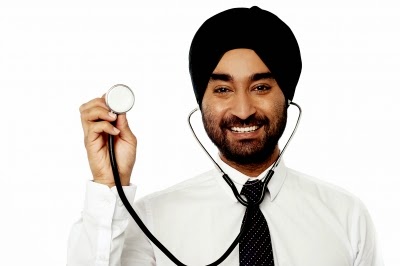Eating a nutritious diet is extremely important in our daily lives but eating the right foods especially after exercise can help you recover, build muscle, and prepare for your next regimen. When you work out, your muscles use their glycogen energy stores. Some of the muscle proteins also get damaged, especially during strength workouts. Hence, it’s really important to consume the right foods as it helps to repair, build muscles, and prepares you for the next day’s workout.
According to research, consuming the right amount of carbohydrates and protein is especially important after a workout. When to eat depends on the type of workout performed according to a few studies.
Intense weight resistance workouts with a goal of increasing muscle size, it’s suggested to consume 20–30 grams of lean protein and 30–40 grams of healthy carbohydrates 30 minutes after training. For lighter aerobic workouts with a goal to stay in shape, eat a well-balanced meal with the same ratio up to one hour after exercising. Drinking plenty of water and sometimes a sports recovery drink is also necessary for fluid replenishment.
Here’s a quick guide to making the most of your post-workout nutrition.
For Carbs: Sweet potatoes, Quinoa, Oatmeal, Bananas, Pineapple, Kiwi
For Proteins: Eggs, Paneer, Greek yogurt, Chicken, Tuna
For a quick meal you can also choose the following healthy options :
1. Yogabar Multigrain
This Energy Snack Bar has Fruits, Nuts, Oats and Millets with Chia and Sunflower Seeds. This gluten-free cereal bar is a great source of protein, fibre and omega 3s.
2. Fast&Up Reload – Electrolyte Instant Hydration Sports Drink
3. Saffola FITTIFY Gourmet Saffola FITTIFY Hi Protein Instant Soup with Multigrain Crunchies – Mexican Sweet Corn
4. HAIM Organic Crispy Rice Thicks Wholegrain Brown Rice Cake
5. M.R. Healthy Eats Natural Homemade & Organic Porridge Multigrain Health Mix
Foods to avoid after a workout to lose weight
It’s not advisable to eat desserts, street food after you’ve sweated it out in the gym to shed that unwanted flab around the belly even when you are extremely hungry. It can be really tempting to just stop by and hog some pizzas, ice-creams, or burgers. But please DO NOT give in to the temptations.
If you consume fried, oily, and fatty food after exercising, it can be counter-productive for you. All the efforts that you just put in to lose that stubborn belly fat just go wasted if you load up on these unwanted calories. Here is a list of foods that you should stay away from after a workout session:
- Spicy Food
- Fried Food
- Carbonated Drinks
- Coffee
- Sugary Juices
- Fast Food
- Raw Veggies
- Beans
- Alcohol
- Desserts.
Make sure that you avoid post-workout foods that are high in fat and sugar and low in protein, especially if your goal is weight loss. Cutting back on unhealthy foods means you’re more likely to achieve your fitness goals faster while also improving your overall health.
Reference – https://www.healthline.com/health-news/what-are-the-best-foods-to-eat-after-an-intense-workout
www.arogyada.in
















